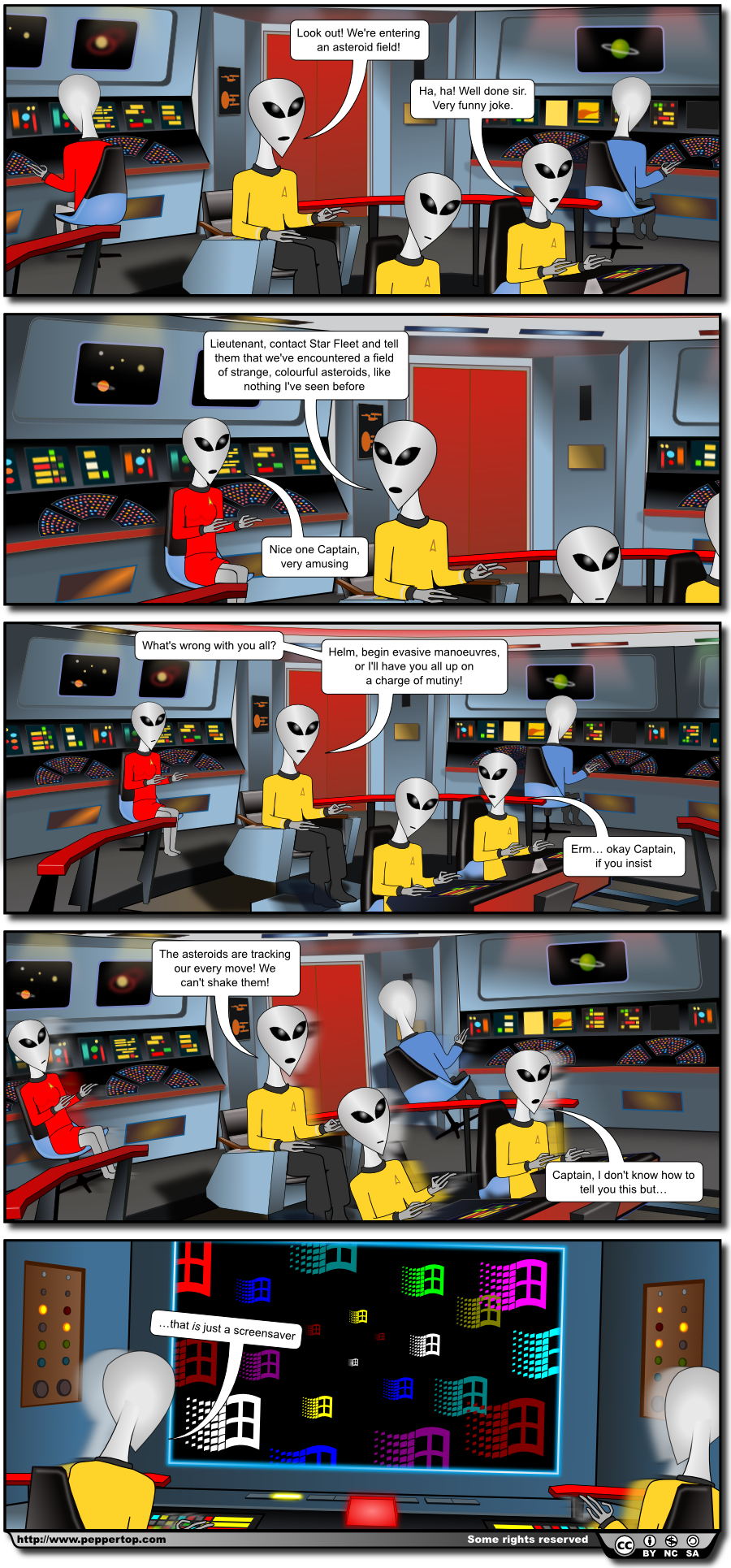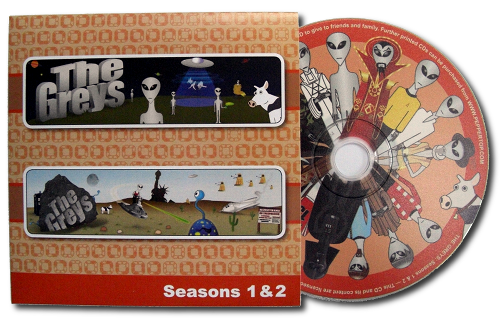To most people computer technology usually advances in small steps — an increment from USB2 to USB3, an extra core or two in the processor, a few extra gigabytes of hard drive space. It’s only when we stop and think back to the technologies that have fallen by the wayside that it’s easy to see just how huge the changes have really been. There’s a generation of kids now who have no idea what a floppy disk is, and have never heard the distressed-cat sounds emanating from a modem. Before them is a generation that knows what a floppy disk is, but doesn’t really know why those rigid 3.5″ drinks coasters were ever called “floppy”. And so on back through the ages…
Screen technology is once thing that has seen spectacular development. In the days of cathode ray tubes it was pure science fiction to imagine anyone walking around with a screen in their hand. These days nobody bats an eye at the sight of countless people using smart phones and tablets. But in the name of modernisation, our move from CRT to LCD has also resulted in an unexpected casualty: the screensaver.
Readers that are old enough to remember CRTs will undoubtedly have heard horror stories of the “burn-in” that occurs when a stationary image is left on the screen. You may have even seen the effect yourself: I remember one colleague’s monitor that proudly displayed the Wordstar menu almost as brightly when the screen was switched off as when it was on. To avoid such mishaps you simply had to use a screensaver — a piece of software whose sole purpose was to put moving images onto an otherwise dormant screen in order to prevent burn-in.
Back then the screensaver was an art form. Yes, you could make do with the paltry offerings from your operating system, but if you were prepared to part with some cash you could purchase more interesting creations such as After Dark (prevalent on the Macs where I worked in the early 90s) and Organic Art (which I did actually part with some cash for). Meanwhile, over in the Free software camp, XScreensaver brought a wide variety of algorithms to the screens of Linux users (I lost far too many hours to that one!).
Then, of course, there was SETI@home — a screensaver that would let you contribute your “spare” processor cycles to the Search for Extra-Terrestrial Intelligence, and was one of the first of many such “distributed computing” projects.
Combining distributed computing with algorithmic art brings us to the Electric Sheep screensaver, first released in 1999. Ironically this is now available as a live wallpaper for Android operating systems.
Newer monitors using LCD screens don’t suffer from burn-in. And modern monitors can power off and wake up quickly enough that, in our more environmentally conscious world, many people let their screens go to standby mode rather than use a screensaver at all. So the art of the screensaver is dying. Even most Linux distributions now eschew XScreensaver in favour of a vastly more limited selection of rather unimaginative options.
I, for one, miss the old days of algorithmic art spinning and snaking around on my idle computer, the whimsy of toasters flying past, or ants crawling round a Möbius strip. You can buy footage of old computer demos on DVD; I can only hope that one day you’ll be able to do the same for some of the classic screensavers of the past.
Cette bande dessinée est aussi disponible en français
This comic is also available in French













 Our comics are released under a
Our comics are released under a  ... which requires suitable attribution if you use them...
... which requires suitable attribution if you use them...
 ... and doesn't allow commercial use...
... and doesn't allow commercial use...
 ... and requires any derivative works to be released under the same licence.
... and requires any derivative works to be released under the same licence.
 This symbol indicates an SVG file that you can download and use under this licence
This symbol indicates an SVG file that you can download and use under this licence
Discussion ¬